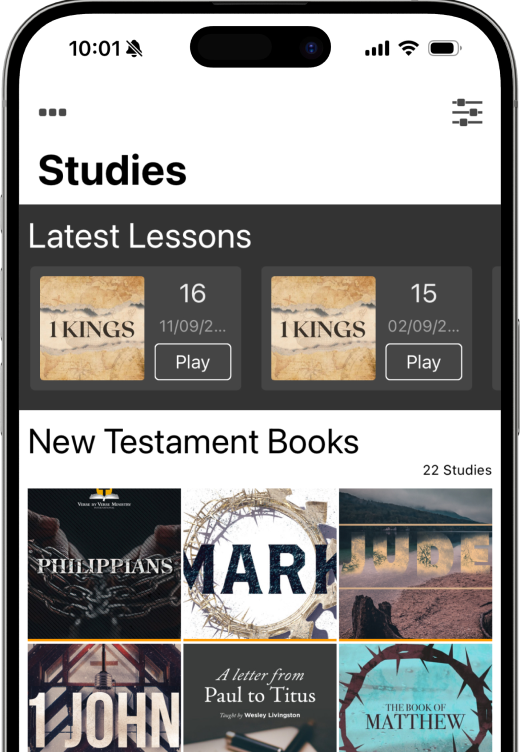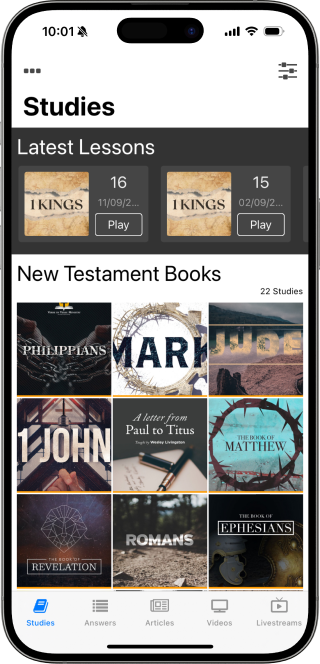In studying 1 Kings I found it interesting to note the two pillars that stood outside the temple were named Jachin and Boaz. What are your thoughts on why they were named?
1 Kings 7 tells us that Jachin (sometimes Jakin), and Boaz are the names of the two bronze pillars at the front portico of the temple built by King Solomon:
1KINGS 7:13 Now King Solomon sent word and had Hiram brought from Tyre.
1KINGS 7:14 He was a widow’s son from the tribe of Naphtali, and his father was a man of Tyre, an artisan in bronze; and he was filled with wisdom, skill, and knowledge for doing any work in bronze. So he came to King Solomon and performed all his work.
1KINGS 7:15 He fashioned the two pillars of bronze; eighteen cubits was the height of each pillar, and a line of twelve cubits measured the circumference of both.
1KINGS 7:16 He also made two capitals of cast bronze to put on the tops of the pillars; the height of the one capital was five cubits and the height of the other capital was five cubits.
1KINGS 7:17 There were lattices of latticework and wreaths of chainwork for the capitals which were on the top of the pillars; seven for the one capital and seven for the other capital.
1KINGS 7:18 So he made the pillars, and two rows around on the one lattice to cover the capitals which were on the top of the pomegranates; and so he did for the other capital.
1KINGS 7:19 The capitals which were on the tops of the pillars in the porch were of lily design, four cubits.
1KINGS 7:20 So there were capitals on the two pillars, also above and close to the rounded projection which was beside the lattice; and the pomegranates totaled two hundred in rows around both capitals.
1KINGS 7:21 And he set up the pillars at the porch of the main room: he set up the right pillar and named it Jachin, and he set up the left pillar and named it Boaz.
1KINGS 7:22 On the top of the pillars was the lily design. So the work of the pillars was finished.
King Solomon called for the greatest bronze artisan known to man to take on this extravagant task. It is in the details that we find that "he" set up the pillars and "he" named them. Many scholars debate on who the "he" refers to; is it King Solomon who names the pillars or is it the wise tradesman? Nonetheless, the specific names chosen for the bronze pillars held symbolic likeness.

First and foremost, bronze notably depicts Yahweh's righteous judgement as seen in the vision given to John:
REV. 1:12 Then I turned to see the voice that was speaking with me. And having turned I saw seven golden lampstands;
REV. 1:13 and in the middle of the lampstands I saw one like a son of man, clothed in a robe reaching to the feet, and girded across His chest with a golden sash.
REV. 1:14 His head and His hair were white like white wool, like snow; and His eyes were like a flame of fire.
REV. 1:15 His feet were like burnished bronze, when it has been made to glow in a furnace, and His voice was like the sound of many waters.
REV. 1:16 In His right hand He held seven stars, and out of His mouth came a sharp two-edged sword; and His face was like the sun shining in its strength.
John mentions His (Jesus') feet were like burnished bronze. The glowing bronze feet represent righteous judgment, as in the way fire tests the quality of metals. Fire is commonly used to test the quality of metals as impurities are burned away leaving only the pure elements as seen in 1 Corinthians:
1 CORINTHIANS 3:15 If any manʼs work is burned up, he will suffer loss; but he himself will be saved, yet so as through fire.
This speaks to the righteous judgment believers will one day face. In the same way, the temple pillars and alter are furnished with bronze, the righteous judgement of God.
What significance does the name Boaz and Jachin hold?
During a great famine, God led his people from the dry land of Canaan and into Egypt which supplies the people of Israel richly. During this time the Lord assures Jacob he will become a great nation while in Egypt and Moses records a family census in Genesis 46. This is where the reader first learns of Jachin, grandson of Jacob (Israel):
GEN 46:10 And the sons of Simeon: Jemuel, Jamin, Ohad, Jachin, Zohar, and Shaul the son of a Canaanite woman.
The Lord fulfills His promise to make a great nation through Jacob's (Israel's) bloodline as recorded. When the nation leaves the land in the Exodus, we’re told that the men above the age of 20 add up to over 600,000! In only three generations the family grows exponentially, becoming one of the most numerous nations on earth, all while in slavery.
Therefore, with Jachin's heritage intact and known throughout the land, the right pillar, looking out from the grand front porch, is called Jachin, (son of Simeon, son of Israel) which means "established" or "he will establish".
Similarly, the left bronze pillar is called Boaz, which means "strength", or "in him is strength".
Boaz is prominently pictured throughout the prophetic book of Ruth. Boaz is a kinsman of Naomi's husband, whom later marries a Moabite woman, Ruth. In the day and age of Boaz, the people of Israel were not thinking of the Lord, generally speaking, as this book takes place in the time of Judges while the nation of Israel was in constant rebellion towards the Lord, but Boaz was radically different. He was a godly man whose mind was directed towards the Lord and His will. It is in his redeeming nature that we see his godliness before even the lowest of society – a Gentile servant working his field (Ruth). By way of these two characters, the Lord unites a godly Jewish master with a godly Gentile woman in the midst of an ungodly culture, and all by means of grace. Furthermore, it is through the man Boaz that the Lord reveals a beautiful picture of His son, Jesus Christ, who redeems His people through grace.
Where before we were strangers, Christ now joins us to the house of God, making us His servants. He promises provision, He promises protection from the penalty of sin and the power of death, and He grants us privilege as adopted sons and daughters. He has done all these things for us before we even opened our mouth to acknowledge Him and before we called Him Lord. It is through the Book of Ruth that we see Christ in Boaz and ourselves in Ruth.
In conclusion the bronze pillars were symbolical and represented something far grater than just metal pillars. By naming these pillars, King Solomon led the people of Israel to see their God and to be reminded that it is Yahweh who establishes His kingdom and strengthens His people. Most notably, God is still working in the midst of each day to one day establish His permanent Kingdom. For more information on the future Kingdom, we suggest watching our Revelation Teaching.
Scripture quotations taken from the (NASB®) New American Standard Bible®, Copyright © 1995, 2020 by The Lockman Foundation. Used by permission. All rights reserved. www.lockman.org






